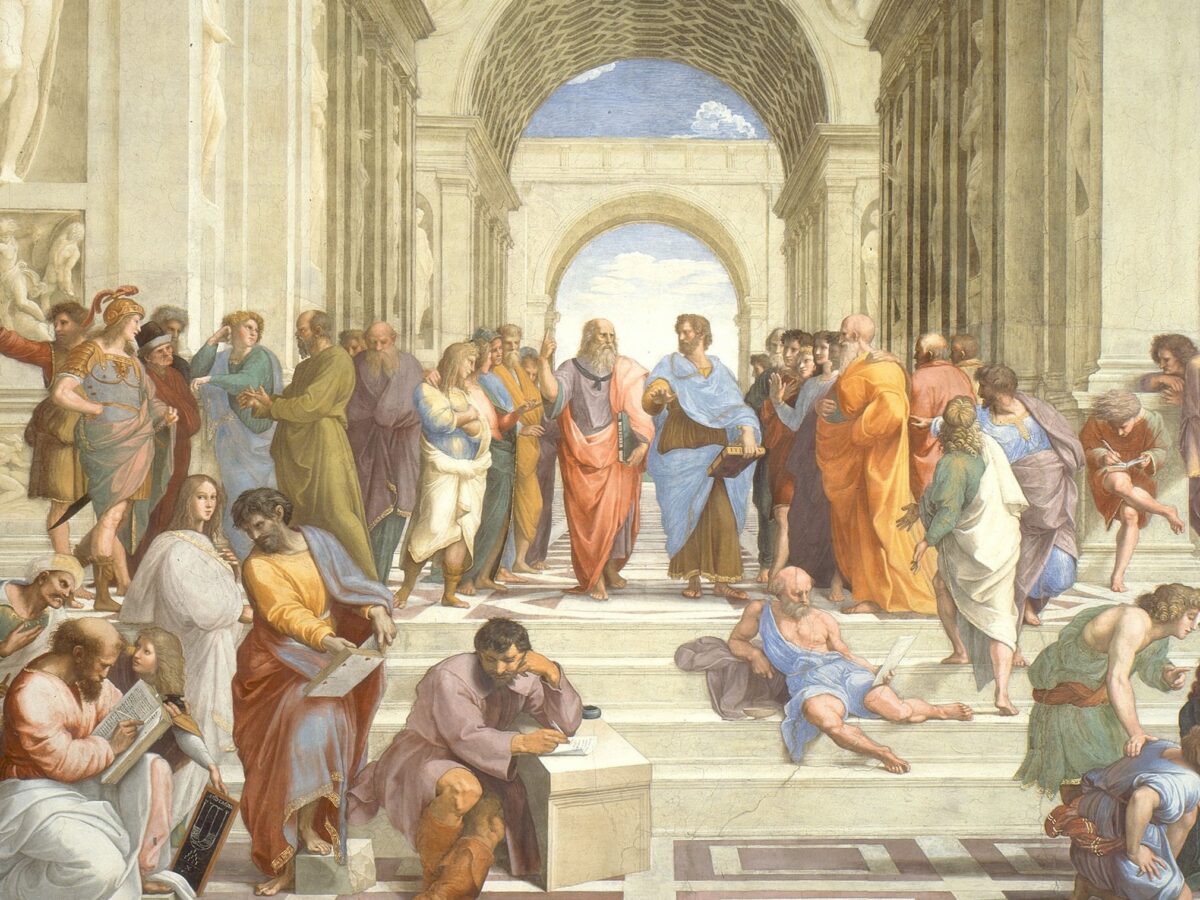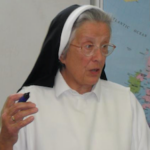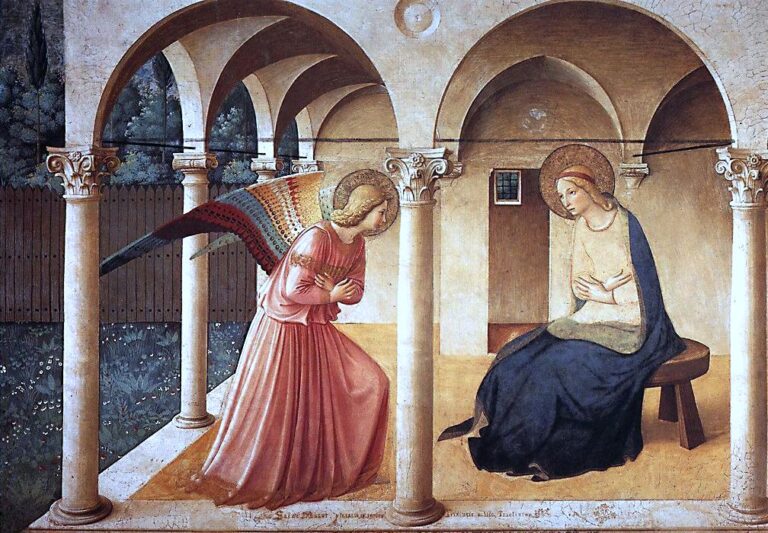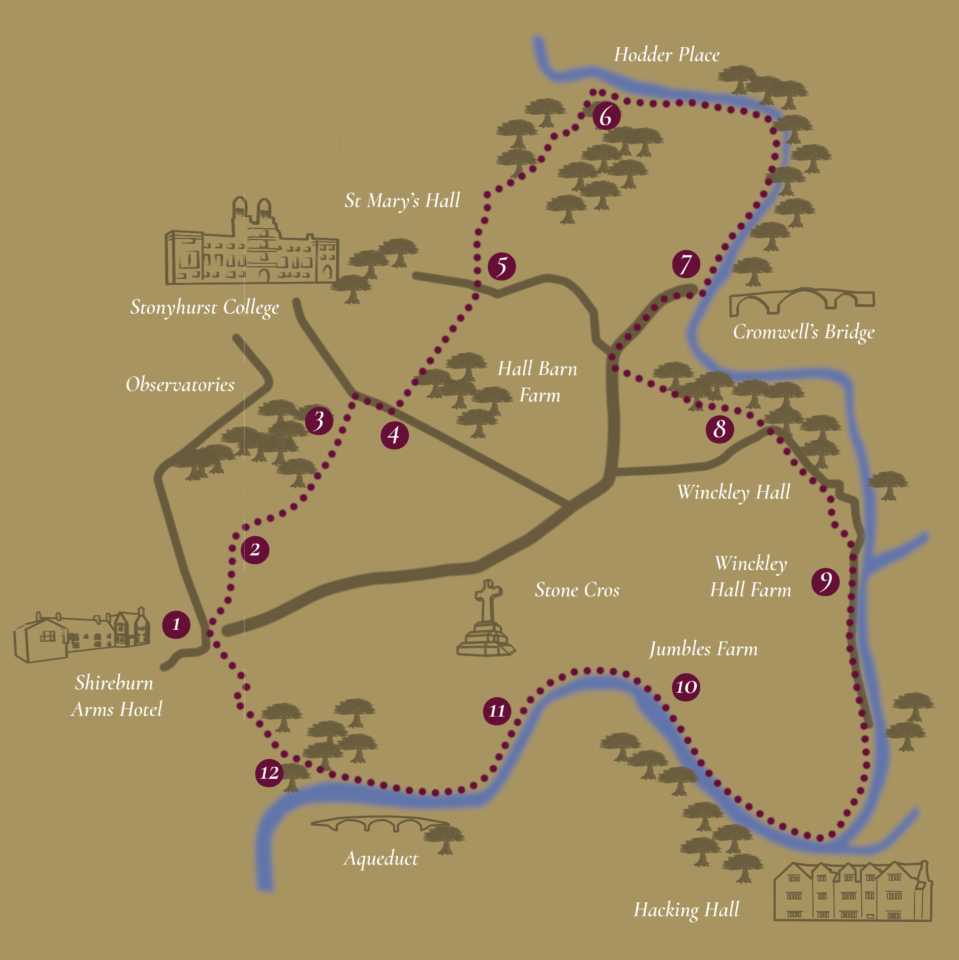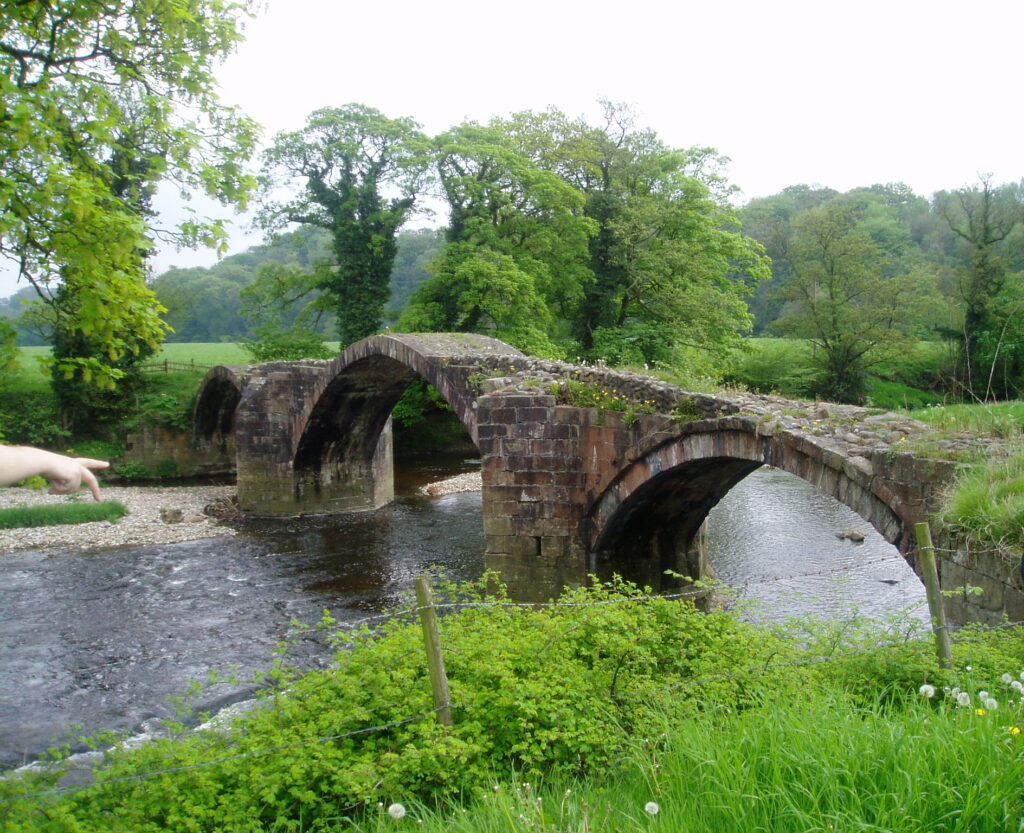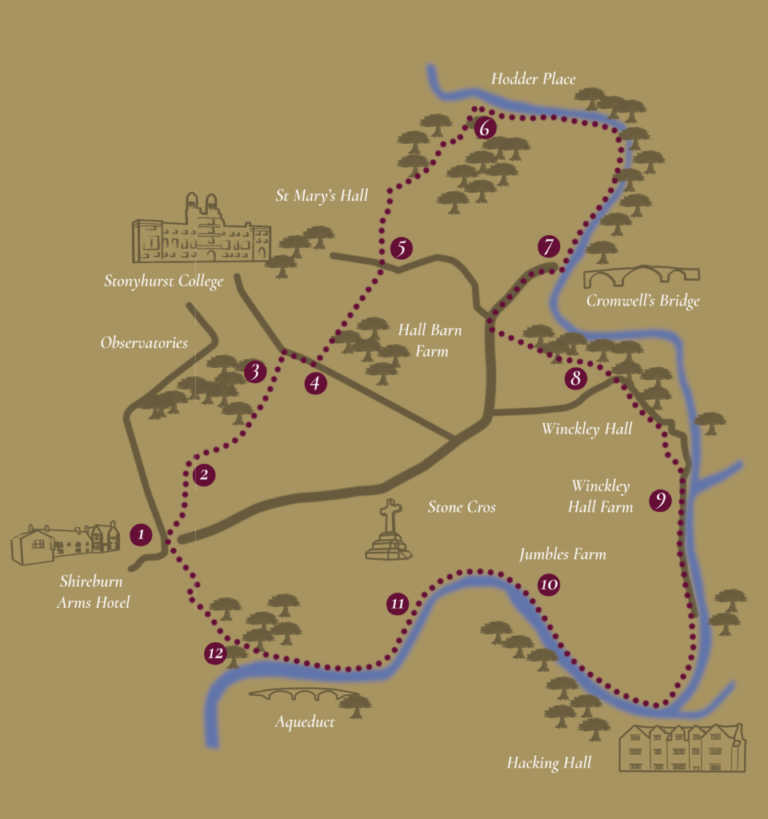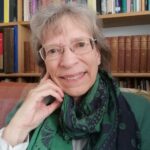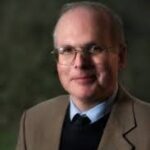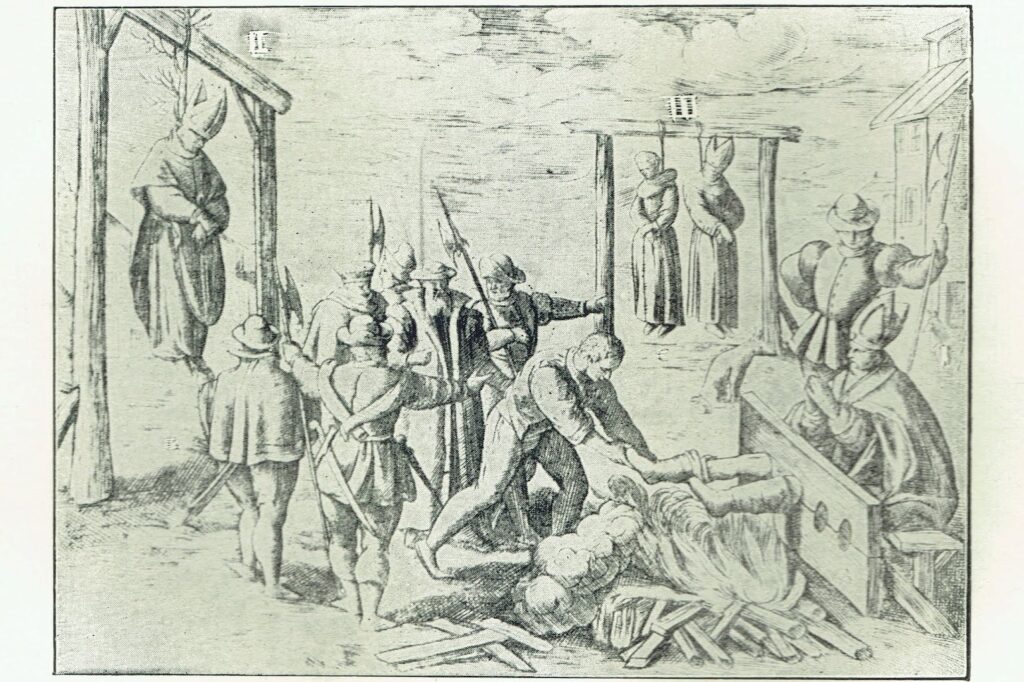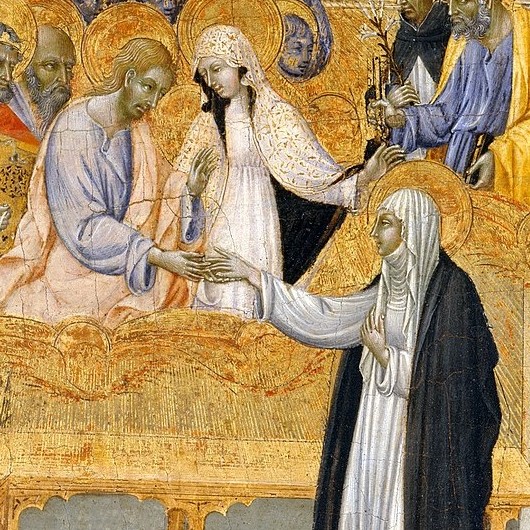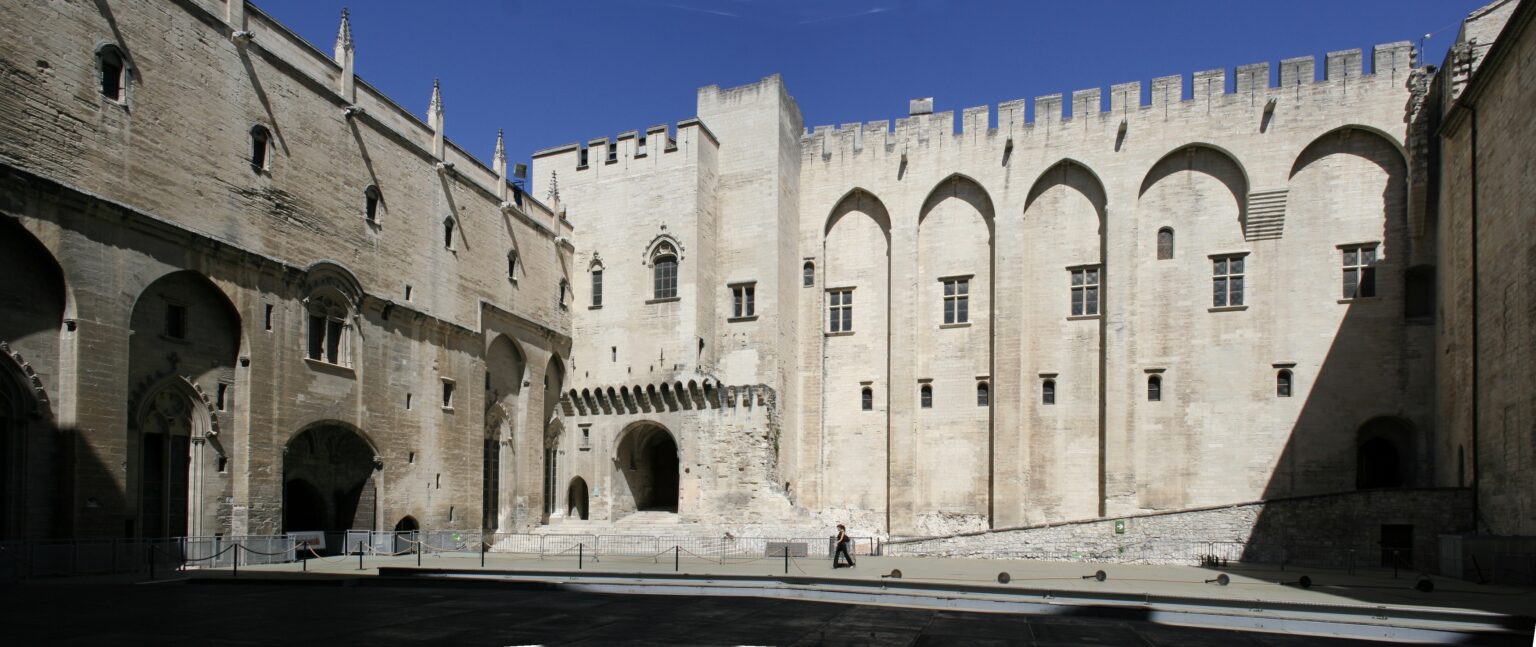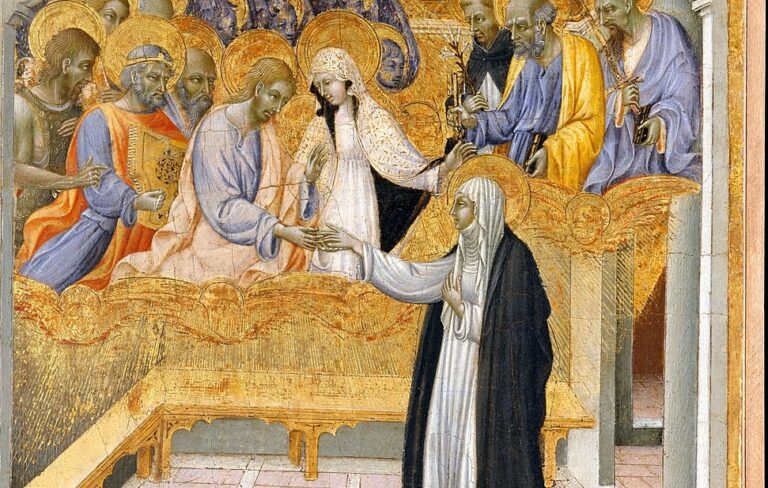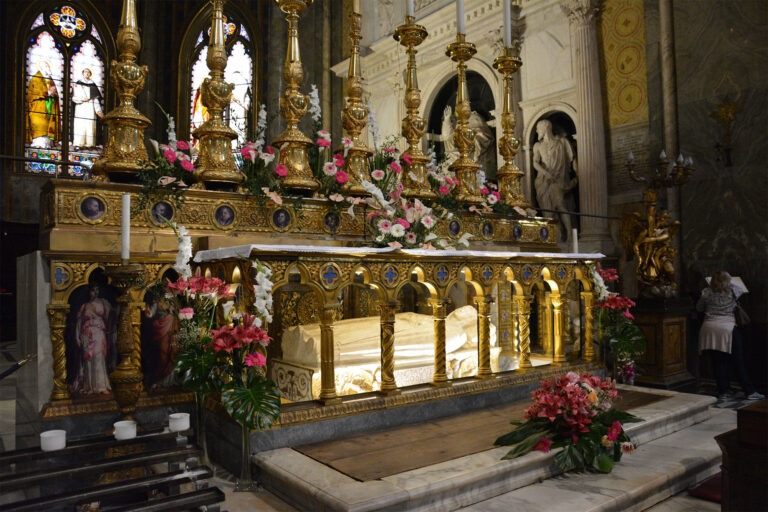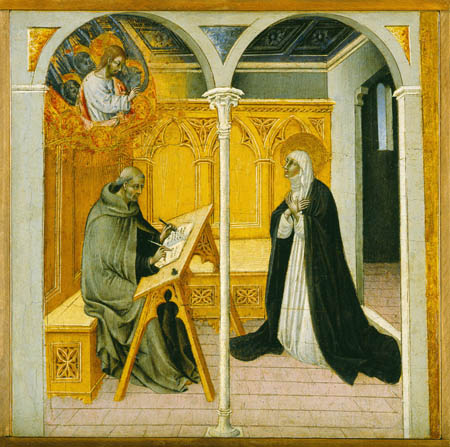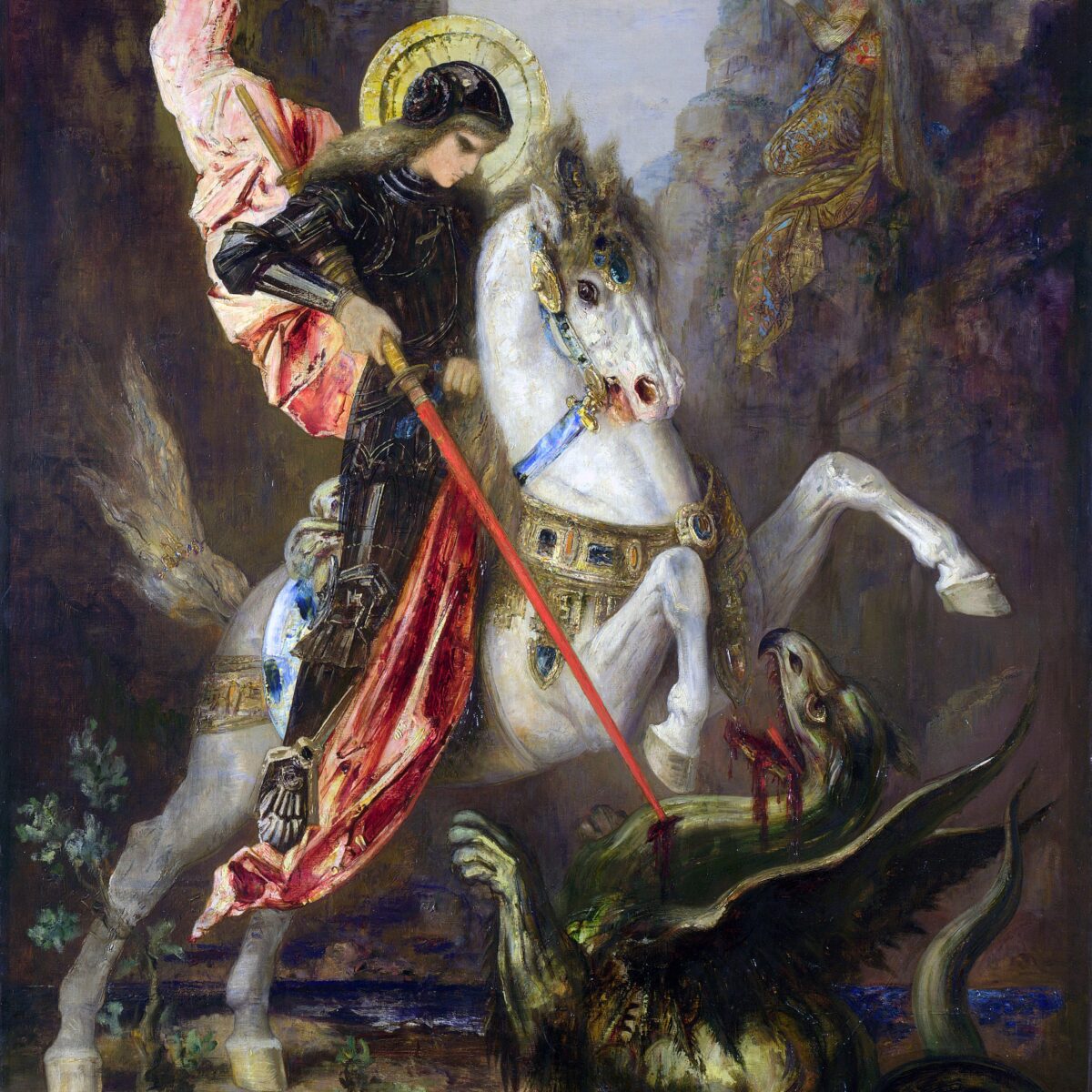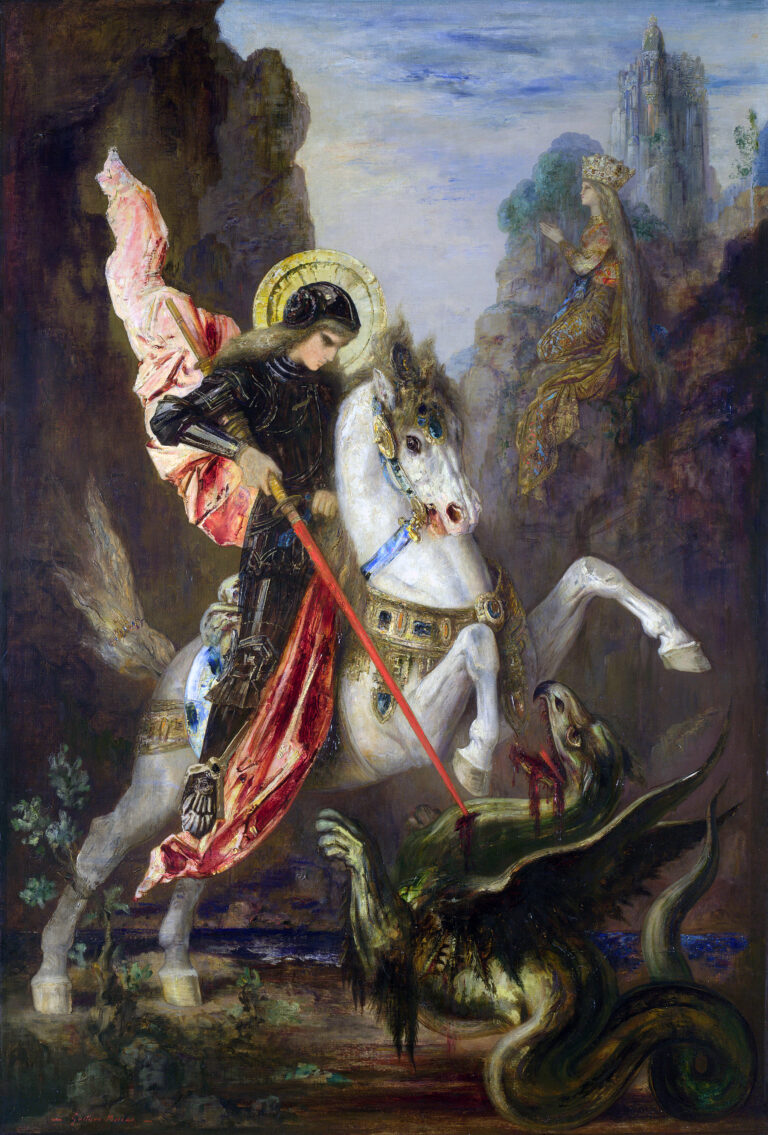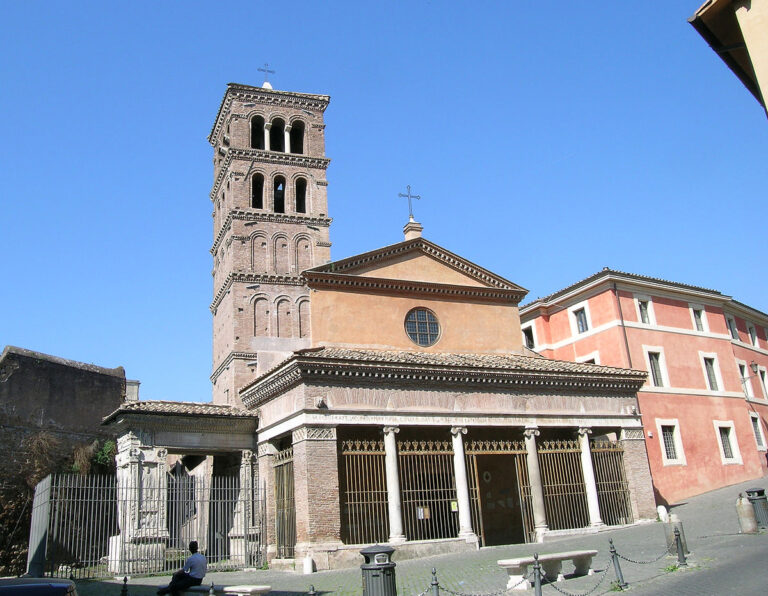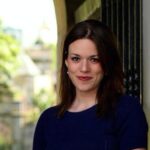12th May 2021
Mary, Model of Christians
Adam Coates
In attempting to deny Mary’s traditionally exalted place, some people have pointed to Christ’s rebuke to the woman who addresses him in St. Matthew’s Gospel with the words “Blessed is the womb that bore you, and the breasts that you sucked”. Christ replies to her that “Blessed rather are those who hear the word of God and keep it” (Luke 11:27-28).
On the surface, this might seem to be a refutation of the idea that Mary is special. However, it is quite the contrary. As Saint Augustine explains, “Didn’t the Virgin Mary do the will of the Father? I mean, she believed by faith, she conceived by faith. … Yes, of course, holy Mary did the will of the Father. … It means more for Mary to have been a disciple of Christ than to have been the mother of Christ. … Mary, too, is blessed, because she heard the word of God and kept it. She kept truth safe in her mind even better than she kept flesh safe in her womb”.
It is clear what St. Augustine is saying: Mary perfectly followed God’s will and this is why she is blessed, not because of any biological connection to Jesus, but because she is the model of a faithful disciple in her fidelity to the God’s will. As the Catechism explains, ‘By her complete adherence to the Father’s will, to his Son’s redemptive work, and to every prompting of the Holy Spirit, the Virgin Mary is the Church’s model of faith and charity. Thus she is a “preeminent and … wholly unique member of the Church’”.
The Eucharist, as we know, is the “source and summit of the Christian life”. That is to say, Jesus is the Eucharist is where our faith begins and in which it finds its greatest fulfilment, its true end. As St. John Paul II explains, the Eucharist is the continuation of the Incarnation, of God taking on flesh. He writes, “In a certain sense Mary lived her Eucharistic faith even before the institution of the Eucharist, by the very fact that she offered her virginal womb for the Incarnation of God’s Word. … At the Annunciation Mary conceived the Son of God in the physical reality of his body and blood, thus anticipating within herself what to some degree happens sacramentally in every believer who receives, under the signs of bread and wine, the Lord’s body and blood.”
St. John Paul II continues to state that there is a “profound analogy” between the believer saying ‘Amen’ when receiving Holy Communion, and the Virgin Mary making her fiat at the Annunciation; both are a ‘yes’ to the will of God. When Mary visits her cousin Elizabeth, when the unborn St. John the Baptist leaps in the womb of Elizabeth, Mary is demonstrated to be history’s first “tabernacle”, says St. John Paul. Mary’s faith was a profoundly Eucharistic one, and one that was practiced in model fashion.
Continuing on this theme, St. John Paul II points to how this necessarily leads to the Cross for, indeed, the Eucharist is the fruit of the Sacrifice of Calvary. So in our next post, we shall examine Mary under her title “Our Lady of Sorrows”.





